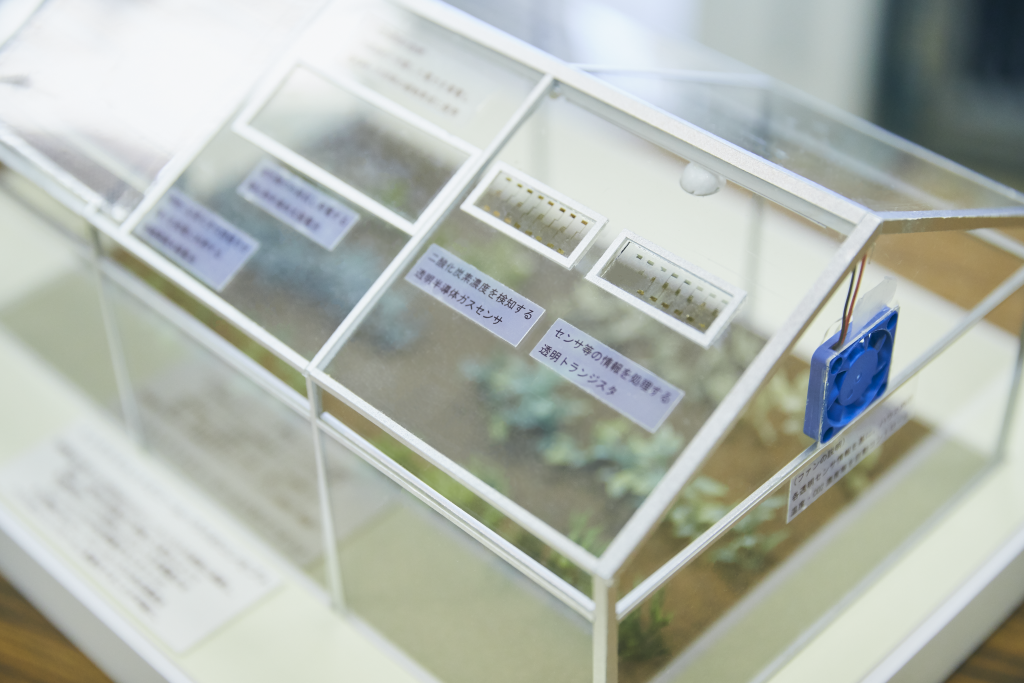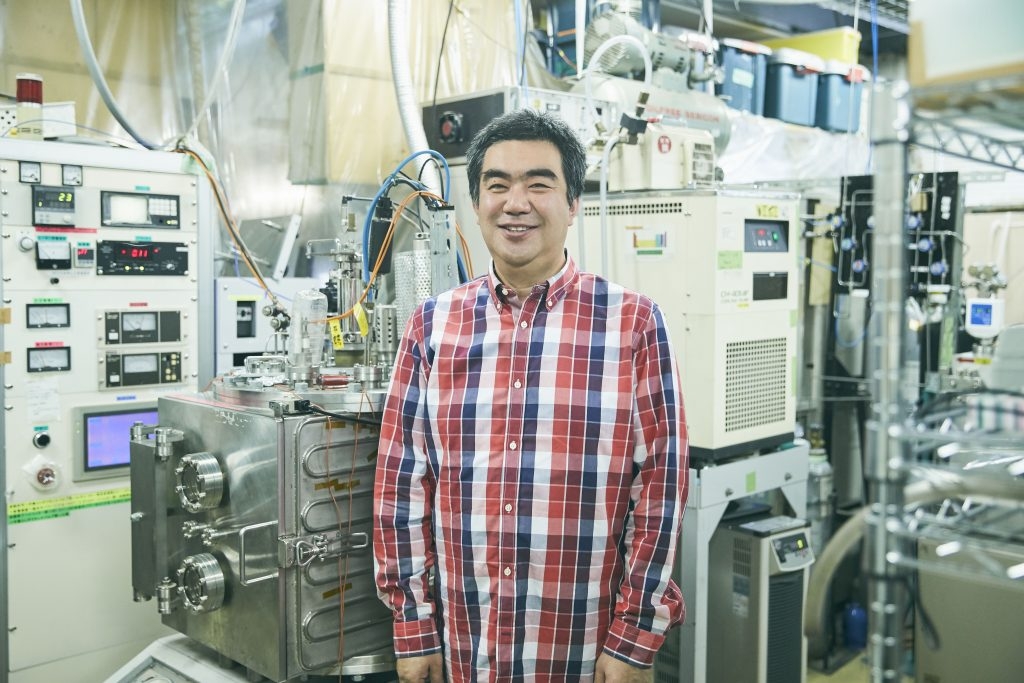A large percentage of energy in Japan comes from oil, natural gas and coal, but, in recent years, the percentage which comes from renewable and alternative energy has been increasing.
For some time now, people in Japan have talked about the need to end the country’s dependence on nonrenewable resources and to develop sustainable, renewable energy instead. And especially after the Great East Japan earthquake of 2011, which highlighted the risks of nuclear energy, even more attention has come to be directed towards renewable energy.
Solar energy, in particular, has a greater penetration rate than wind and geothermal energy. One of the reasons solar power is more widely adopted is because international competition amongst companies has driven down costs. However, the fact of the matter is that, globally speaking, the percentage of energy that Japan derives from renewable energy remains low.
Researchers in the Sugiyama Laboratory in the Faculty of Science and Technology’s Department of Electrical Engineering are exploring ways to further reduce the cost of solar power. Their efforts have led to the development of nickel oxide solar cells and tin sulfide solar cells. One property of nickel oxide solar cells is that they are transparent. These solar cells do not need to absorb all light in order to generate electricity, only ultraviolet light. This transparent property can be capitalized upon to turn car windows, greenhouse, eyeglass lenses and other surfaces into solar panels.
Being able to use everyday items to generate electricity opens up all sort of ideas for systems, wearable devices, like smart watches, and other products that apply this functionality.
For example, if transparent solar cells can be incorporated into clothing fibers, this would make it easy to gather biometric information, like heart rate and body temperature, from the elderly without negatively affecting clothing design.
As for tin sulfide solar cells, because they can be easily manufactured using the gas from hot springs, African countries and Asian countries are being targeted for adoption.

Currently, the Sugiyama Laboratory has launched an autonomously operational greenhouse project aimed at creating an optimized, AI-driven environment for plant cultivation. The operation of the plant cultivation environment is powered by transparent solar cells, while transparent, low-cost sensors and computers are used to monitor the environment and enable watering and ventilation to be performed as-needed. Practical application of this greenhouse project is expected to contribute to reduced workload for agricultural labor as well as help ensure a stable supply of highly nutritious vegetables and attractive flowering plants.
The Sugiyama Laboratory’s research is expected to prove useful not only on earth but even in outer space. Unlike on earth, there is no atmosphere in outer space to reduce the strength of the sun’s radiation and heat. The international space station needs to have solar cells capable of withstanding extremely harsh environmental conditions. Nickel oxide solar cells, with their light and flexible properties, offer a high level of durability. It is not hard to imagine what a great help extremely long-lasting solar cells would be for space station operations.
Advanced technological developments capable of being applied in outer space would also have a wide range of applications in our daily lives as well. It is safe to say that progress towards low-cost, widely adopted renewable energy would go a long way towards helping us in our fight against global warming and in freeing us from our dependence on nonrenewable resources.

■ Main research content